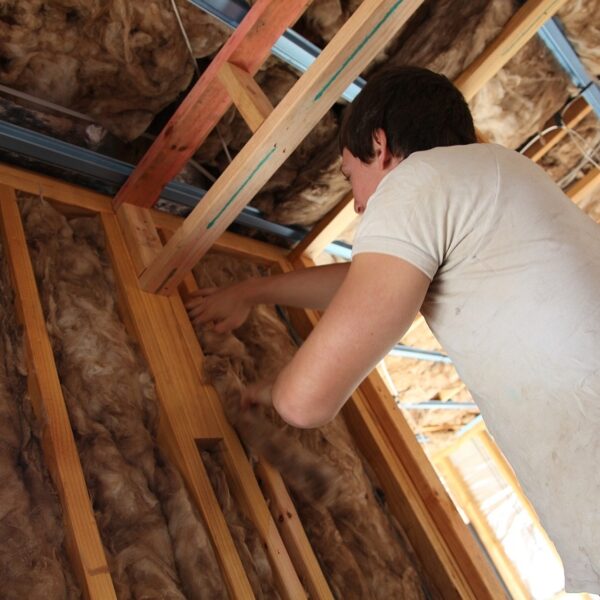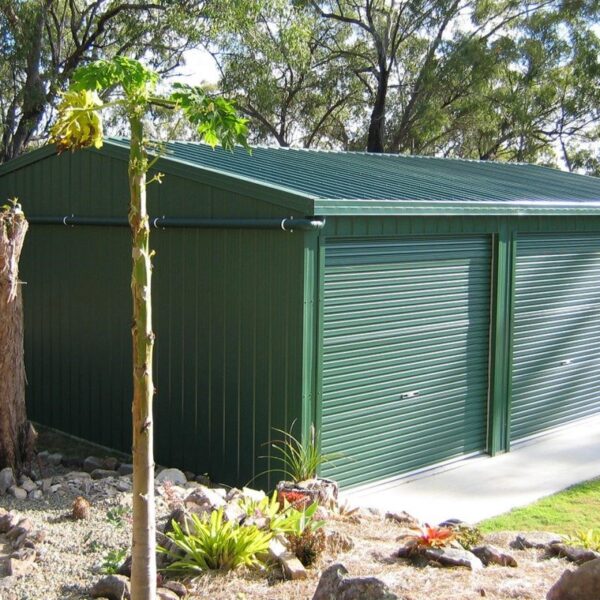Your home is your sanctuary. It’s the place where you can relax and be yourself without judgment. It’s also the place where you should feel the most comfortable. Unfortunately, many people don’t have that luxury because their homes require repairs and improvement. This guide will discuss how you can improve your home and make it more comfortable for you and your family. We’ll cover everything from repairing a leaky roof to adding an extra room to your house! So, whether you’re just starting out on your home improvement journey or a seasoned pro, this guide has something for everyone!
Safety Comes First
Before making any home improvements, it’s essential to ensure that your home is safe for both you and your family. Start by examining the structure of your house and determine if anything needs to be fixed or improved before moving on to more intricate details. This includes inspecting the foundation, walls, floors, windows, doors, roofing system and any other parts of the building’s physical structure. Make sure you take care of any repairs as soon as possible to keep your home safe and secure. You should also pay close attention to your home’s wiring and other electrical systems. If you are not an electrician or do not have experience with this type of work, it is best to hire a professional to come and inspect the wiring and make sure that everything is up to code.
If you aren’t currently using window well covers, prevent a potentially nasty accident for somebody and try doing some research on a local contractor in your area who can fit them. Search online for the likes of ‘Utah window well covers‘.
Improving Insulation
One of the most critical steps in creating maximum comfort in your home is to ensure that it is properly insulated. Poor insulation can make a warm summer day feel like an oven while leaving you shivering during the winter months. Fortunately, there are several measures you can take to improve the insulation of your home and help regulate the temperature throughout the year.
The first step in improving insulation is finding and sealing any air leaks that may be occurring around doors and windows. This can be done with caulk or weatherstripping where necessary. Additionally, replacing old windows with newer, more energy-efficient models can significantly reduce thermal transfer from outside temperatures into your home. Reinforcing existing walls or adding new layers of drywall also helps improve overall insulation levels within the house.
Insulating attics and basements with materials such as fiberglass or foam board is another great way to ensure that heat remains inside the house during winter. Additionally, attic fans can help reduce temperatures by venting out hot air during the summer. These are just a few of the measures that can be taken to improve insulation in your home for maximum comfort.
Replacing Outdated Fixtures
Outdated and worn-out fixtures can also significantly impact the comfort of your home. When it comes to replacing these, there are several factors that you should consider. For instance, if you’ve been using an old showerhead for years, consider upgrading to one with more water pressure or a massage setting. This will improve comfort levels when showering and help save money in the long run, as newer models tend to be much more efficient and cost-effective than their older counterparts.
In addition to showers, other areas such as sinks, toilets, fans, and light fixtures may also need to be updated. While these types of renovations may seem like small changes that don’t make much of a difference, they can have a large impact on your home’s overall comfort and functionality.
Installing Epoxy Flooring
If you’re looking to spruce up your home, epoxy flooring can be a great investment. Epoxy flooring is a durable and attractive way to protect your floors from wear and tear. It’s also easy to maintain and clean, making it ideal for busy households or those with pets or children. When properly installed, an epoxy floor will last for years without needing repairs or replacement.
The installation process of an epoxy floor involves several steps:
- Applying a primer.
- Spreading the epoxy resin over the surface.
- Pressing fiberglass mesh into the liquid resin.
- Allow it to cure overnight before sanding down any ridges and bumps during curing time.
Once this is complete, you’ll have a beautiful new floor that is easy to maintain and clean.
Before installing an epoxy floor, it is important to ensure that the surface you are working on is clean and free of any dirt, grease, or debris. Any unevenness in the surface will also need to be levelled out before installation can take place. Additionally, any existing cracks or holes in the surface should be filled in and sealed before any epoxy is applied.
Choosing Neutral Interior Colors
Choosing the right colors for your home can also greatly impact comfort levels. Neutral colors such as whites, grays, beiges, and tans may seem boring at first glance, but they are timeless and calming. They can help create a more relaxing atmosphere in any room of your home. If you’re looking to add a splash of color to an otherwise neutral space, consider painting one wall or adding bright accent pieces instead of covering the entire room with bold hues.
Finally, when selecting interior colors for your home, it is important to remember that lighting plays a huge role in how the paint looks once applied. Natural light often makes lighter shades appear brighter, while artificial light tends to make them look darker. As such, it is important to test a few colors in the room you are working on and view them at different times of day. This will help ensure that you pick a color that looks great no matter what time of day it is.
Home Automation
Home automation is a great way to make your home smarter and more energy efficient. Home automation allows you to control lights, appliances, thermostats, security systems, and more from one convenient location.
You can set schedules that will turn off or on certain devices at specific times of the day or night, save energy by automatically setting temperatures in different rooms, and even monitor who’s coming and going with automatic door locks. With the growing popularity of voice assistant technology, you can even ask your device to perform simple tasks like turning on the TV or adjusting the temperature without ever lifting a finger!
Home automation can be an incredible asset in terms of safety and security. Motion sensors can detect movement throughout your home and alert you to anything out of the ordinary. You can also set up automated lights that will turn on or off based on the time of day, deterring potential thieves from entering your home while you’re away. These are just some of the many ways that home automation can make your home more comfortable and secure. With so many options available, finding the perfect solution for your needs is easy.
Preventative Home Maintenance
The importance of preventative home maintenance cannot be overstated. Regular upkeep and preventative measures are essential for protecting your home from costly repairs down the line. If a simple repair is neglected, it can quickly become expensive and dangerous. Some essential preventative maintenance tasks include:
- Inspecting your roof annually for any signs of damage or wear.
- Cleaning gutters regularly to avoid potential water damage and clogs.
- Checking smoke detectors to make sure they’re in working order.
- Testing all carbon monoxide detectors in the house on a regular basis.
- Ensuring that windows are properly sealed and caulked to avoid energy loss.
- Having a certified HVAC technician inspect your system every year.
- Checking basement walls for any signs of water damage or mold growth.
It is also important to regularly check the condition of smaller home appliances, such as fridge and washing machine hoses, dryer vent systems, dishwasher connections, and other mechanical components, to ensure they are working properly. Not only will this help reduce the risk of fire hazards or dangerous leaks from occurring, it can also save you money on costly repairs in the long run.
Roof Maintenance and Inspections
The roof is one of the most important parts of your home, but it also tends to be overlooked when it comes to maintenance and upkeep. Regular inspections are essential to ensure that your roof is in good condition and safe from potential damage.
When inspecting the roof, check for any signs of shingle wear or damage. Also, inspect flashing around vents and chimneys for rust or deterioration. If you spot any problems, contact a professional immediately! It’s always better to have a repair or replacement done right away than wait until the issue becomes worse.
In addition to regular inspections, it’s also important to keep an eye on weather conditions in your area, as they can cause serious damage to your roof. If you have a flat roof, check for standing water or pooled water, as it can cause structural damage. Have your roof inspected by a professional after any major storm passes!
Finally, remember to clean the gutters and downspouts on your roof at least twice a year. Clogged gutters can lead to water pooling on the roof, resulting in damage. If you’re unable to clean them yourself, hire a professional to do it for you.
Home improvement and repair is an important part of maintaining maximum comfort in your home. Whether you’re tackling DIY projects, hiring a professional to take care of repairs or preventative maintenance, or implementing home automation technology; it all starts with understanding the importance of taking these steps. By following these guidelines and keeping up with regular maintenance and inspections, you can ensure that your home is comfortable, safe, and energy-efficient for years to come.
Image Credits: La Miko




Like this article? Share with your friends!